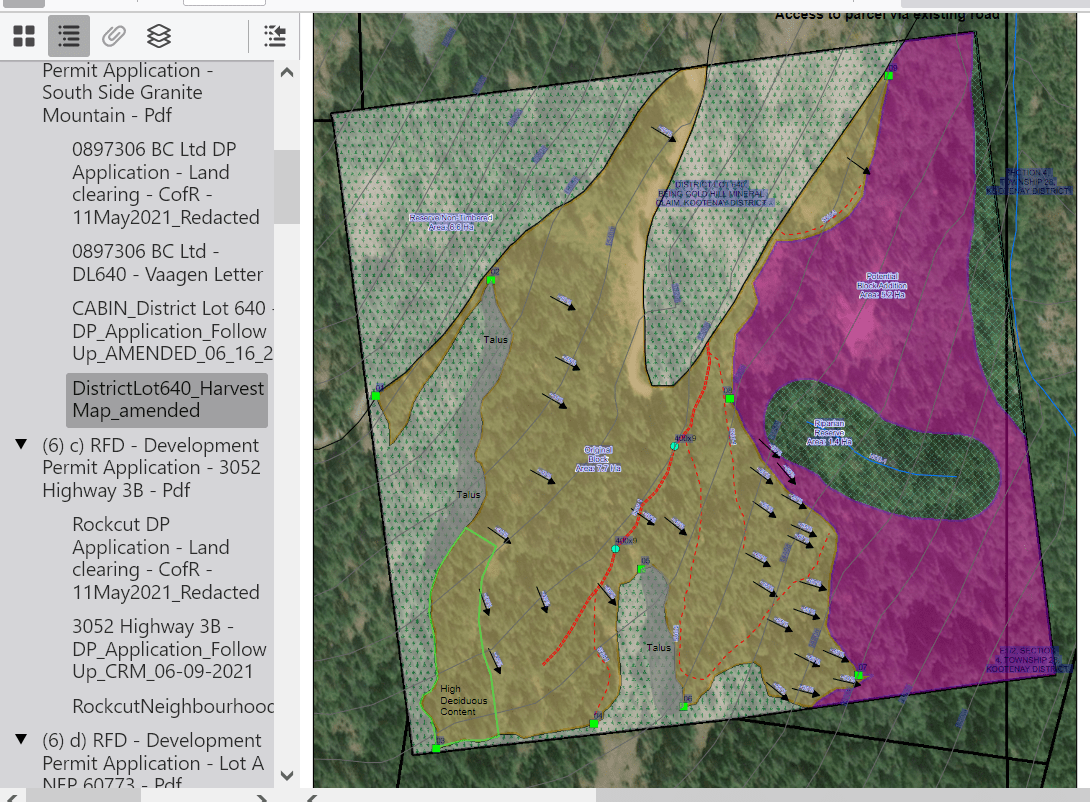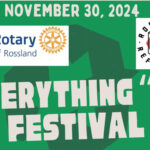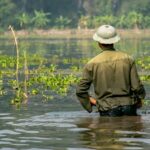Editorial: When is ‘development’ just . . . logging? And is that OK, or not?
Background:
A local property owner and businessman applied to Rossland City Council at its previous meeting, for Development Permits to allow “development” of four properties – by cutting timber on them. Despite Rossland’s Tree Retention Bylaw, and despite provisions in the Red Mountain Development Permit Area to prevent clearing properties except as required to construct buildings and their access roads, and despite various aspirational statements in our Official Community Plan about preserving greenspace and the natural environment, it seems that the City has little – perhaps no – discretion to deny these applications.
The applications do not seem to be for any sort of building project – just for harvesting trees.
At the previous meeting, Council resolved to defer the decision pending a legal opinion on their options.
The four applications are back before Council at its meeting on Monday, August 9, 2021, and Council will have a legal opinion to help in its decisions – if the opinion is of any help.
The properties:
Perhaps the most visible of the plots that the owner wishes to log is the narrow strip of trees on the southern (downhill) slope of the Rock Cut pub property, and part of that property. The other three properties are a large lot on the south side of Granite Mountain, the property at 125 Granite Road, and a large lot fronting on Highway 3-B and the southern edge of Ritchie Road.
Well, Why NOT logging?
Let us count the ways that living trees improve the world and our quality of life.
Our health:
Being in a forest improves our health; studies show that walking among trees has many beneficial effects on our well-being, both mental and physical. The article linked in the previous line includes a list of studies. Even just looking at trees helps people heal, conclude studies of hospital patients.
Water retention and filtration:
Forests help retain and filter water in the soil, and help prevent rapid runoff that results in flash floods. They also moderate the climate – and even help bring rain. In these days climate change and of drought and water shortages, the enormous value of forests to everyone on earth is becoming increasingly clear – as wildfires burn huge swaths of forests in BC and across Canada, and across Siberia, and in Spain, Italy, Greece, Turkey and the Amazon, and probably more, something in me rebels at the idea of cutting down more trees in Rossland.
Wildlife:
We are in what is being described by many as the Sixth Great Extinction Event.
Forest is the home of much of our wildlife, and we are losing so many species to extinction and extirpation that every incremental disruption and loss of natural habitat seems like an assault on life itself.
The requirements imposed on the four parcels of land in question require a survey to ensure that no nesting birds are disturbed by the logging; but what about next year? Those trees won’t be there for any birds to nest in, and I know from previous observation that when birds return to a previous nesting site and find it gone, they are disturbed by that, too. The loss of BC’s southern population of mountain caribou is attributable to habitat loss and habitat disturbance. Now, we know there are no mountain caribou left in our hills, and they wouldn’t live so close to town even if there were, but other creatures still live here – and we as a society are allowing a continual incremental loss of forest habitat from all the creatures who need it to survive. Just a little bit at a time, and all those little bits add up.
Forests, the once and perhaps future carbon sink
Trees sequester carbon, and that’s a good thing. But our BC forests are sadly diminished; estimates vary, but most conclude that only about 3% to 5% of our original (or at least old-growth) forest remains, and what is left is still being logged. As wildfires fires burn through our forests now, and industrial logging will keep chewing away at the rest, our forests emit much more carbon than they are able to sequester. Much of the carbon those trees once held now seems to be floating in our air and going into our lungs in the form of smoke.
Forests – integrated organisms
The work of UBC Professor of Forest Ecology Suzanne Simard reveals fascinating information about how undisturbed forests are connected and nourished by mycorrhizal networks, forming complex interdependent communities of many different organisms – plants, fungi, lichens, and animals. Logging disrupts and destroys those networks and communities.
Rossland’s Official Community Plan (OCP)
Council member Stewart Spooner, who (among others) expressed opposition at the previous meeting to the applications for Development Permits to allow the logging of the four parcels described above, says (inter alia), in a message in the Council package for Monday’s meeting,
“I think it imperative to review those parts of Rossland’s OCP which provide guidance in this regard, and for this information to be included in the August 9th Agenda package:
“5. Community Vision
“Natural Environment and Resource Lands
“Rossland’s spectacular setting in the alpine environment gives the community its unique character.
Designated and protected green spaces, green corridors, riparian areas and natural ecosystems allow indigenous flora and fauna to thrive. The built environment is also integrated into the natural environment through native tree plantings and ‘ribbons’ of green traversing the City and along stream corridors. In addition, community gardens have been established, providing potential sites for growing local produce.”
“11. Land Use Designations
“Resort Recreation
“Resort Recreation lands are intended to provide areas to support resort recreational activities such as golfing or skiing. Development should be limited to facilities required for use and maintenance of recreation areas.”
“Management Area
“Resource Management lands are large undeveloped lands within the City. The designation is intended to ensure the existing natural areas within the City are protected and enhanced. Resource activities should be carefully considered in the context of the entire City, especially the impacts on
views and water quality.”
“14. Natural Environment
“Background
“Rossland’s spectacular setting in the alpine environment plays a large role in giving the community its unique character. Ensuring the air and water is of good quality and that sufficient greenspace is preserved is vital to the appeal of the City. Maintaining environmentally sensitive areas is significant from an environmental viewpoint, but they also offer opportunities to preserve greenspace and add to the livability of the community.
“14.1 Objectives
“14.1.2 To integrate development into the natural environment over time in a way that capitalizes on ecological functions and avoids or manages risks associated with natural hazards.
“14.2 General Policies
“14.2.2 Focus development in areas where it will pose the least interference with the natural environment.
“14.2.3 Require appropriate environmental impact mitigation measures on sensitive lands and steep slopes such as: elimination/reduction of cuts/fills on slopes; non-disturbance of riparian areas; slope stability measures such as tree planting or retention of native coverage; and/or, post development offsite storm water drainage levels shall not exceed pre-development levels.
“14.2.6 Preserve, whenever possible, all forest stands age class 7 or older, while continuing to review use of these lands in the broader context of community land use requirements.
“14.2.15 Encourage reclamation, enhancement and mitigation of wildlife habitat.
“14.2.16 Identify environmentally sensitive areas. Such a study would likely focus on the alpine, sub-alpine, riparian zones and wetlands, steep slopes and any areas of special value to wildlife habitat or movement.
“14.3 Water Policies
“Control the rates of stormwater runoff and minimize their impact on watercourses;
“14.4 Energy Policies
“14.4.3 Support projects that aim for carbon neutrality and demonstrate new energy efficient technologies with the objective of meeting a GHG reduction target of 33% below Rossland’s 2007 GHG emissions’ levels by 2020.”
“I look forward to a substantive discussion.”
There will be discussion; readers who are interested in this issue can attend the Zoom meeting and hear it.
Can we get those loopholes closed?
Meanwhile, there are loopholes that allow the very activity that the City and most residents wanted to stop. This concerned citizen wants those loopholes closed that appear to require the City to approve applications for logging in the City.
Meanwhile, the IPCC report being released on Monday, prior to COP 26, may be enlightening – and alarming, and even more so considering that all such reports seem to be outdated by the time they are released, because conditions on the ground are changing so rapidly. Watch for it.

























